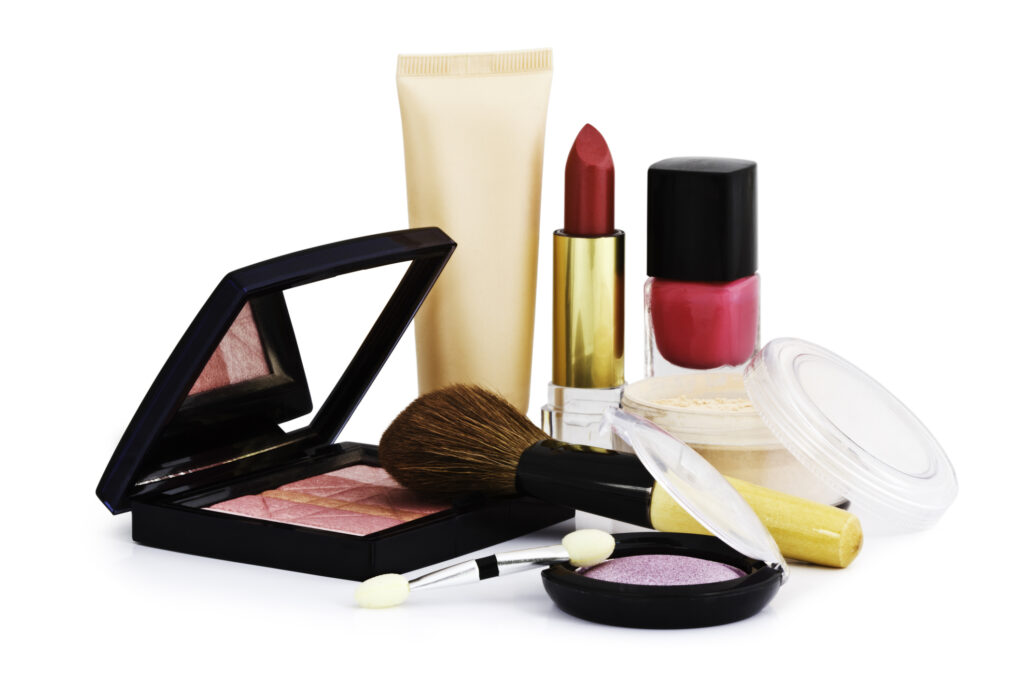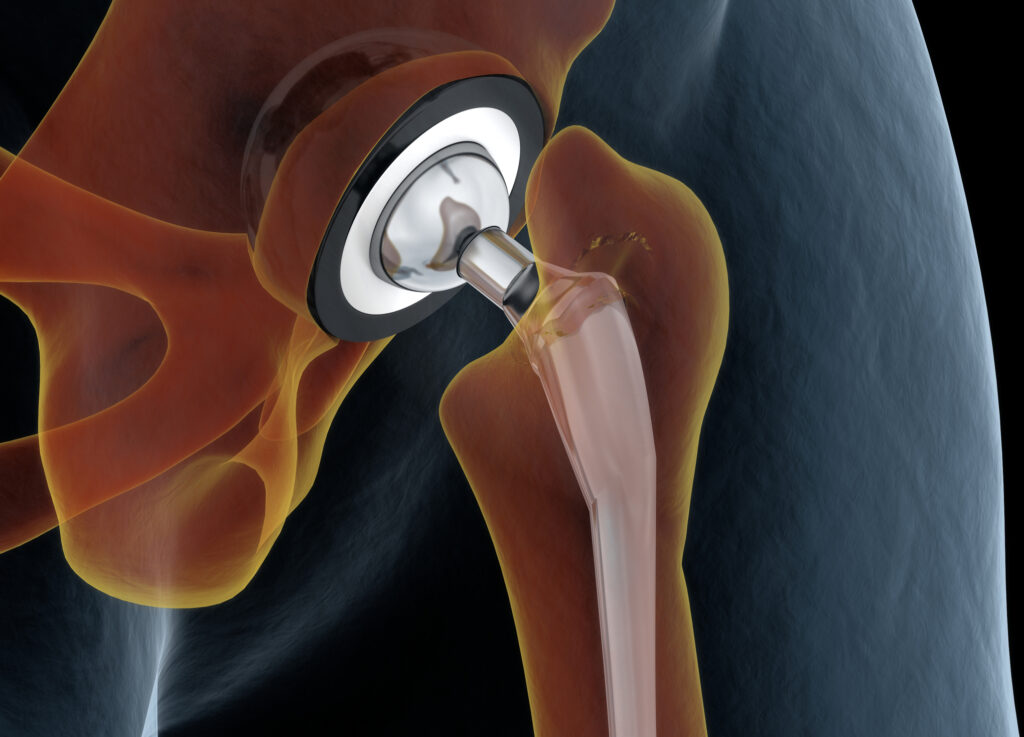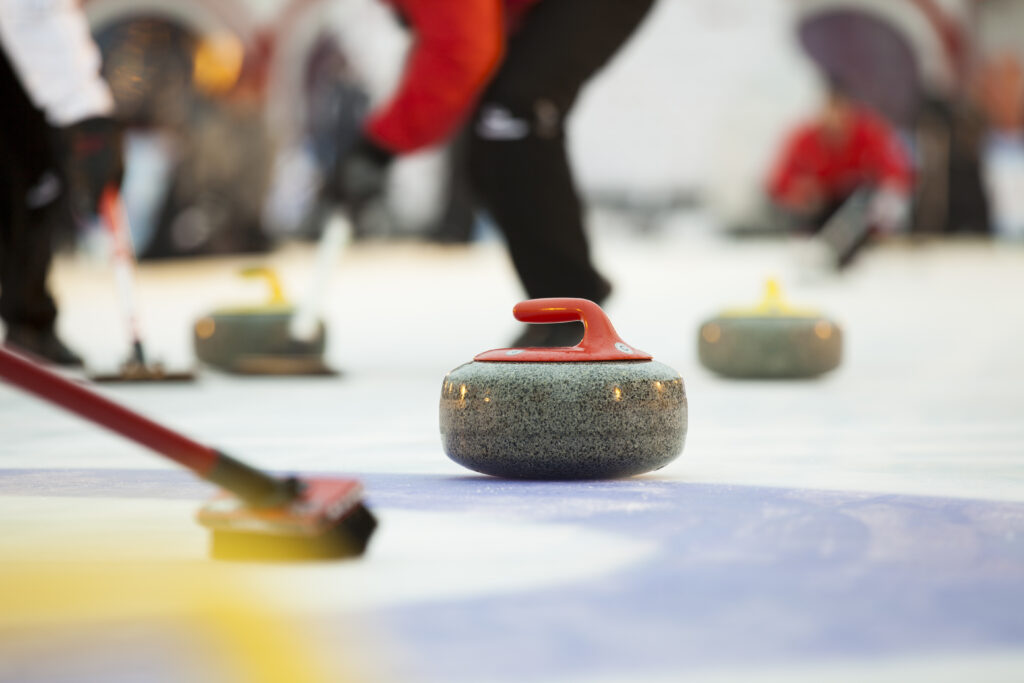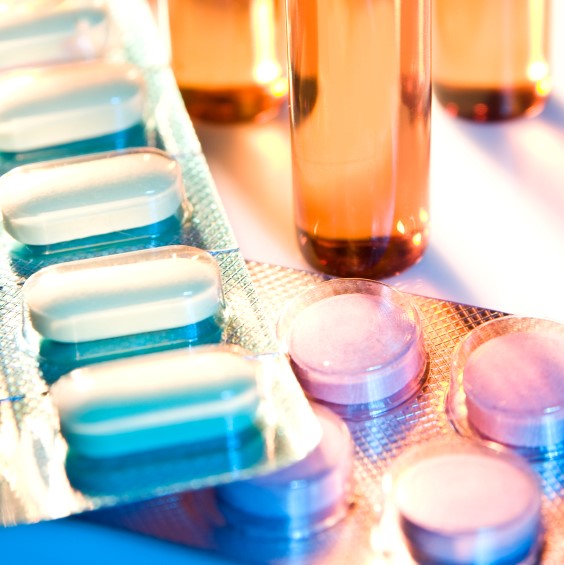Bridging Biology and Friction: The World of Biotribology

Biotribology is – more than almost any other form of tribology – the one we encounter most in our day to day lives. Biotribology covers everything from the biomechanics of how we eat and drink, to the way our joints work and allow us to move. More than this, biotribology’s diversity encompasses sports equipment, haptic feedback on touch screens, and even how contact lenses interact with our eyes. Biotribology is truly all around us!
Food & Beverages
Understanding sensory perceptions is crucial in developing healthier, low-cost food items that offer the same delightful ‘mouth feel’ as the best products in the market. Adjectives like ‘creamy’, ‘sugary’, and ‘slimy’ are frequently employed during consumer tests.

Connecting these descriptors to tangible, measurable data allows quick assessment of many new formulations. This streamlined process not only saves time but also significantly reduces costs, eliminating the necessity for costly panel tests.
Tribological research has unveiled a relationship between the frictional properties of beloved foods and their fat and sugar content. Specifically, higher fat content results in a lower friction coefficient, giving a creamier taste. Research in this area extends to:
- Reduced fat dairy products such as yoghurt, cream, mayonnaise and chocolate.
- Astringency of wine, green/black tea, and fruit.
- Carbonated vs non-carbonated beverages.
- Reduced sugar content of beverages.
Personal Care

To keep up with the ever-evolving personal care industry, tribology instruments can help facilitate the creation of high quality, cost-effective formulations. These improved products promise the same comforting ‘skin feel’ as their market-leading counterparts.
Terms like ‘sticky’, ‘greasy’, and ‘moisturising’ may sound subjective, but are closely linked with the frictional properties of skincare products. By using tribology, these properties can be quantified, and comparisons drawn with top products, as well as helping minimise panel and animal testing. Research areas include:
- Skin cream analysis.
- Wear properties of makeup.
- Nail varnish chipping resistance.
- Sun cream effectiveness.
- The feel of hair products and soaps.
- Abrasion of toothbrushes and paste.
Biomedical

In the biomedical sector, understanding material behaviour within the human body is paramount. It’s not just about replacements; it’s about refined alternatives that enhance our quality of life. To guarantee the effectiveness of medical interventions – especially replacements – understanding friction and wear properties under realistic conditions is vital. Research includes:
- Orthopaedics: synovial joints and articular cartilage, osteoarthritis, and meniscus damage.
- Artificial Joints: articular joints, spinal, stent.
- Biomaterials: scaffolds for bone/cartilage repair, implant materials, additive manufacturing.
- Ocular: ocular surfaces, lubricity of contact lenses.
- Dental: tooth/implant wear, implants, tribological properties of toothpastes.
Pet Care

Through understanding the friction and wear properties of products like dog dental chews, we can provide the most effective and enjoyable products to our furry friends. Equally, taking care of our pets’ hygiene is just as important as looking after our own.
Dental hygiene in pets is akin to human dental care, promising fresher breath and plaque prevention. Since pets can’t communicate preferences, scientific methods fill the gap, quantifying the friction that aids in plaque removal. Pets can also suffer similar joint issues to us, so much like in the biomedical sector, research around joint replacements is very important. Key research areas involve:
- Dog dental chews’ efficacy.
- Surface wear of horse hooves in different environments.
- Joint replacements tailored for pets.
Sport
Improving the tribological properties of sports equipment by a fraction can mean the difference between gold and silver, with tiny improvements in equipment potentially determining the winners. Tribological research is aiding in achieving these pivotal enhancements.

Not only is research important to improve performance, in some cases using the wrong equipment, like the wrong tyres in Formula 1 or poor-quality chalk when climbing, can have fatal consequences. Sports research includes:
- Improved grip of sports shoes.
- Performance of skis.
- Bicycle tyre and road interaction.
- Effectiveness of rock-climbing chalk.
- Material properties of golf club handles.
- The frictional properties of curling stones.
Pharmaceutical

By understanding the tribological properties of oral medicines, manufacturers can work towards improving their ingestion methods and thereby patients’ quality of life. Addressing swallowing difficulties (dysphagia) means delving deep into the tribological properties of oral medications. The tribological properties of the swallowing process, more specifically the interaction between the tongue, oesophagus and pill, creates most of the problem. Research into these properties and those of liquid medicines, and their suitable alternatives is ongoing. Research areas include:
- Reducing friction during needle insertion.
- Inhalers and nasal spray.
- Assessing texture perception of oral solid and liquid medicines.
Other Industries
The bottom line is that tribology’s presence is everywhere in our day-to-day lives. Our PCS Instruments are versatile machines cater to diverse applications, aiding in the evolution of materials and lubricants. Their adaptability covers a vast array of fields, from enhancing fabric softeners to refining personal lubricants and optimising touchscreen devices’ haptic perception. The scope is truly vast and ever-expanding.
For more information on how our instruments can help further your biotribology research, follow the links below to our various biotribology related industries.
